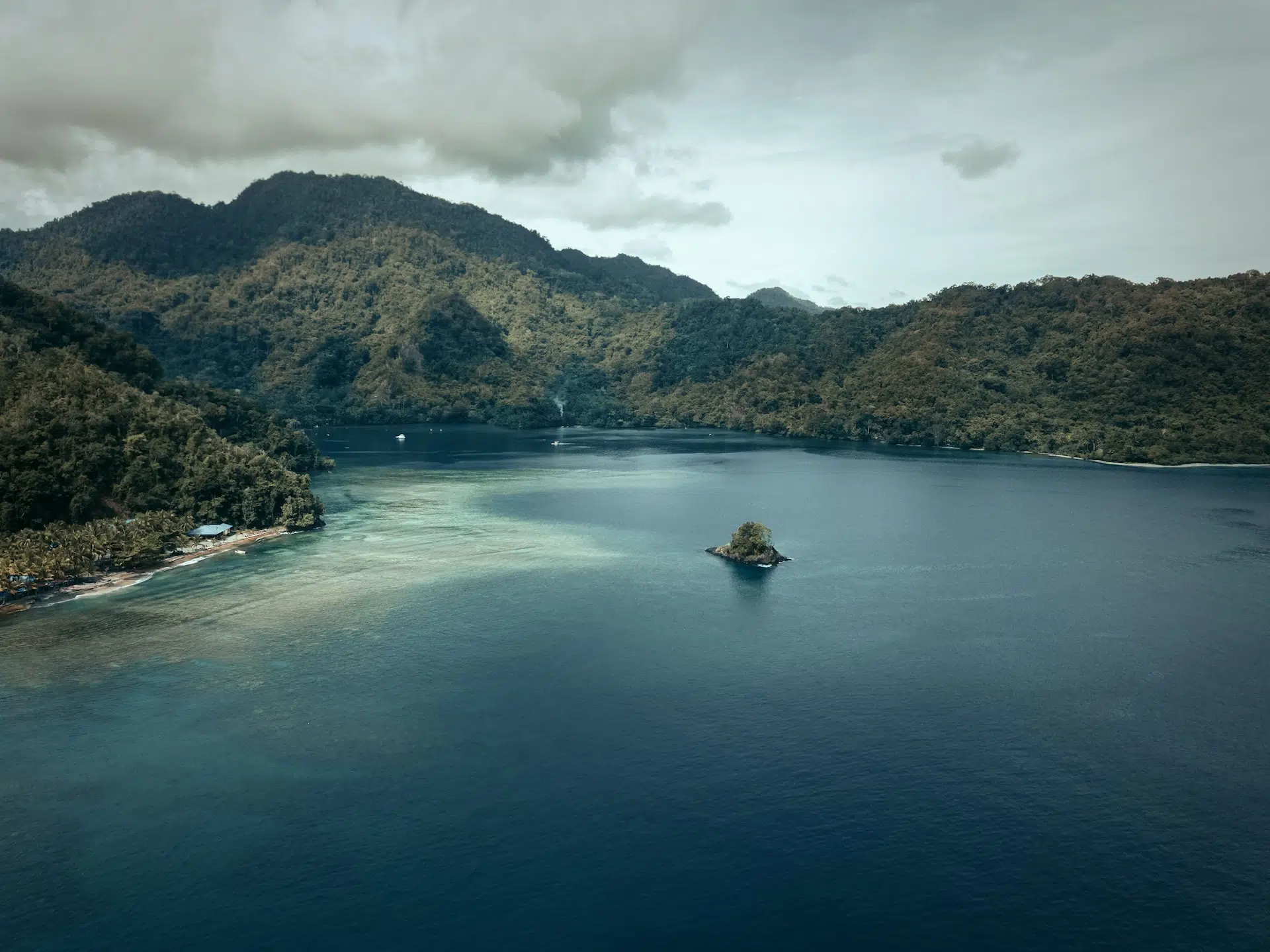Frequently Asked Questions About Equatorial Guinea
General FAQs for Equatorial Guinea
Which city is the capital of Equatorial Guinea?
What currency do I need in Equatorial Guinea?
Which language is spoken in Equatorial Guinea mainly?
When is the best time to travel to Equatorial Guinea?
How long do you need to travel Equatorial Guinea?
How many days you need for a trip to Equatorial Guinea depends on what type of activities and locations you plan to visit. Generally, visitors should plan for at least five days in order to have time to explore the country’s main attractions. This will give you enough time to travel between destinations and experience the different sights and sounds that Equatorial Guinea has to offer.
If you’re looking for a longer trip, consider spending 10 days or more in the country. This will allow you to explore more remote areas and discover the unique culture that each region has to offer. Additionally, with a longer stay, you’ll have time to relax on some of Equatorial Guinea’s stunning beaches and take part in activities such as snorkeling or kayaking.
What is the emergency number in Equatorial Guinea?
In the event of an emergency in Equatorial Guinea, it is important to know the right numbers to call. The national emergency number is 117 and this will connect you with police, fire and medical services. Ambulances are also available by calling 112. Additionally, you can contact the local police station directly for any non-emergency inquiries or assistance.
It is also important to note that visitors may need to speak Spanish when contacting emergency services, as the majority of people in Equatorial Guinea are bilingual and able to understand both English and Spanish. If you are unable to communicate in either language, make sure to ask for someone who speaks English.
Places FAQs For Equatorial Guinea
Which places should I visit in Equatorial Guinea for the first time?
Equatorial Guinea has many interesting places to explore, and here are some of the best:
– Malabo Island: This island offers beautiful beaches, spectacular views and a vibrant culture.
– Monte Alen National Park: This is a stunning national park located in the southern part of Equatorial Guinea. It features lush forests, rivers, mountains and a variety of wildlife.
– Corisco Island: This small island is known for its pristine beaches and crystal clear waters. It is an excellent spot for snorkeling, swimming, fishing and sunbathing.
– Bioko Island: This island is home to Equatorial Guinea’s capital city Malabo as well as some incredible sights including the Pico Basile and Spanish colonial buildings.
– Annobón Island: This picturesque island is known for its stunning scenery, unspoiled nature, and unique wildlife. It’s an excellent place to go hiking or bird watching.
– Rio Campo: This river offers a beautiful setting with lush vegetation, mangroves and a variety of wildlife. It’s the perfect spot for kayaking and fishing.
– Monte Mitra: This is an extinct volcano located in the center of Bioko Island. It offers amazing views from its peak as well as some great hiking opportunities.
How do tourist get around in Equatorial Guinea?
Budget FAQs For Equatorial Guinea
What is usual cost of traveling in Equatorial Guinea?
How much does food cost in Equatorial Guinea?
How much is the cost of stay in Equatorial Guinea?
What is the cheapest time for Equatorial Guinea trip?
Culture FAQs For Equatorial Guinea
How are the people in Equatorial Guinea generally?
What is the popular food to try in Equatorial Guinea?
The popular dishes in Equatorial Guinea are:
– Maffe: a spicy stew made with beef, plantains, and vegetables.
– Supu ya Ndizi: a delicious soup made with bananas and peanuts.
– Juane de Pollo y Arroz : Chicken served with rice and spices.
– Arregladitos: Fried plantains served with cheese and onion.
– Mojo de Ajo : Garlic sauce often served as a condiment.
– Calulu de Peixe: A fish stew with tomatoes, onions, and spices.
– Sopa de Galinha : Chicken soup with vegetables and spices.
– Pescado Asado: Grilled fish served with rice and vegetables.
– Pili Pili: A spicy sauce made from chili peppers.
What are the most popular sports in Equatorial Guinea?
What are main religions in Equatorial Guinea?
What are the famous festivals in Equatorial Guinea?
The popular festivals celebrated in Equatorial Guinea are:
– The Malabo Carnival: A lively celebration of music and dance that takes place annually in the capital.
– The San Antonio de Ureca Festival: Celebrated on May 15th to honor Saint Anthony, it features traditional music and dancing in the streets.
– The Santiago de Baney Festival: A religious celebration taking place on July 25th in the town of Baney.
– The Ngueme Festival: Celebrated to honor the god of thunder, and includes traditional dancing and music.
– The Santa Isabel Carnival: Held annually in August, it is a lively festival full of music, dance, and food.
– The San Carlos Festival: Celebrated to commemorate St. Charles Borromeo, it includes religious processions and street fairs.
– The La Paz de Niefang Festival: A celebration of peace that takes place on September 8th in Niefang.
– The San Juan Bautista Festival: Celebrated on December 29th, it includes traditional singing and dancing.
– The Fiestas de Pascua : Easter celebrations featuring religious processions and lively music.
What are the best souvenirs to buy in Equatorial Guinea?
Souvenirs to buy from Equatorial Guinea include:
– Artwork and carvings made of wood and stone.
– Traditional textiles, including batik fabrics.
– Handmade baskets woven out of pandanus leaves.
– Local spices and sauces such as pili pili sauce.
– Fresh fruits such as coconuts and papayas.
– Coffee, tea, and cocoa.
– Local crafts such as masks and jewelry.
– Traditional musical instruments.
– Books about Equatorial Guinea’s history or culture.















